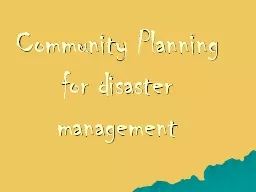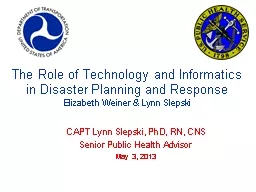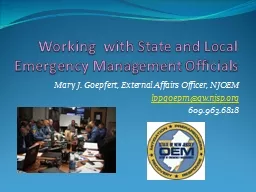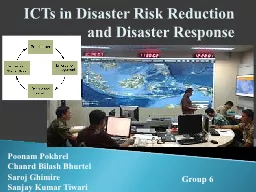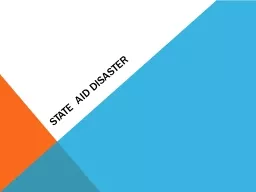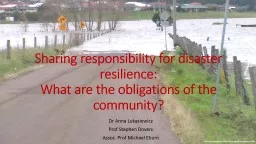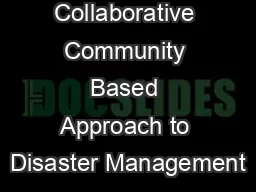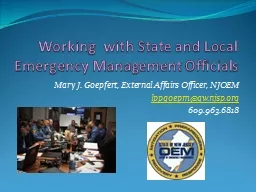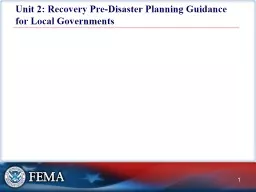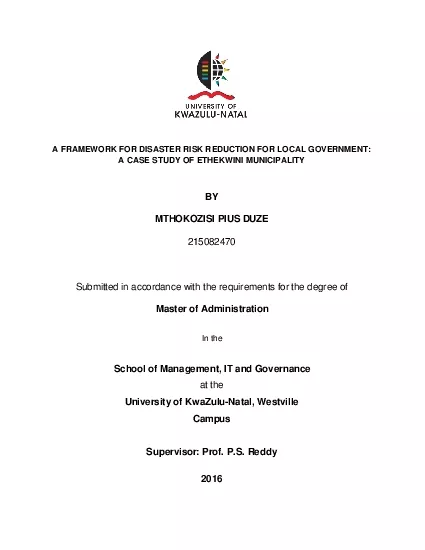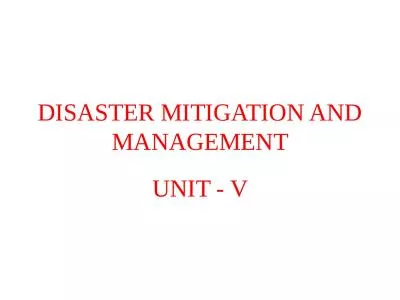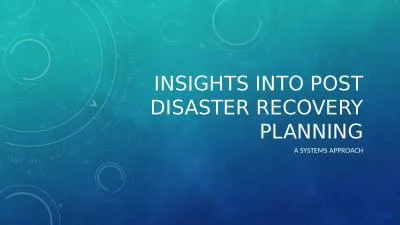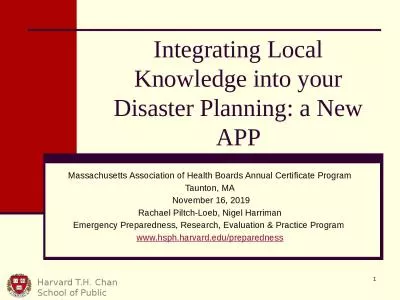PPT-Community Planning for disaster management
Author : bikershomemaker | Published Date : 2020-07-01
Disasters in India Moving away from the Great Bengal famine of 17691770 in which a third of the population perished The Chalisa famine of 1783 the Doji Bara or Skull
Presentation Embed Code
Download Presentation
Download Presentation The PPT/PDF document "Community Planning for disaster manageme..." is the property of its rightful owner. Permission is granted to download and print the materials on this website for personal, non-commercial use only, and to display it on your personal computer provided you do not modify the materials and that you retain all copyright notices contained in the materials. By downloading content from our website, you accept the terms of this agreement.
Community Planning for disaster management: Transcript
Download Rules Of Document
"Community Planning for disaster management"The content belongs to its owner. You may download and print it for personal use, without modification, and keep all copyright notices. By downloading, you agree to these terms.
Related Documents

